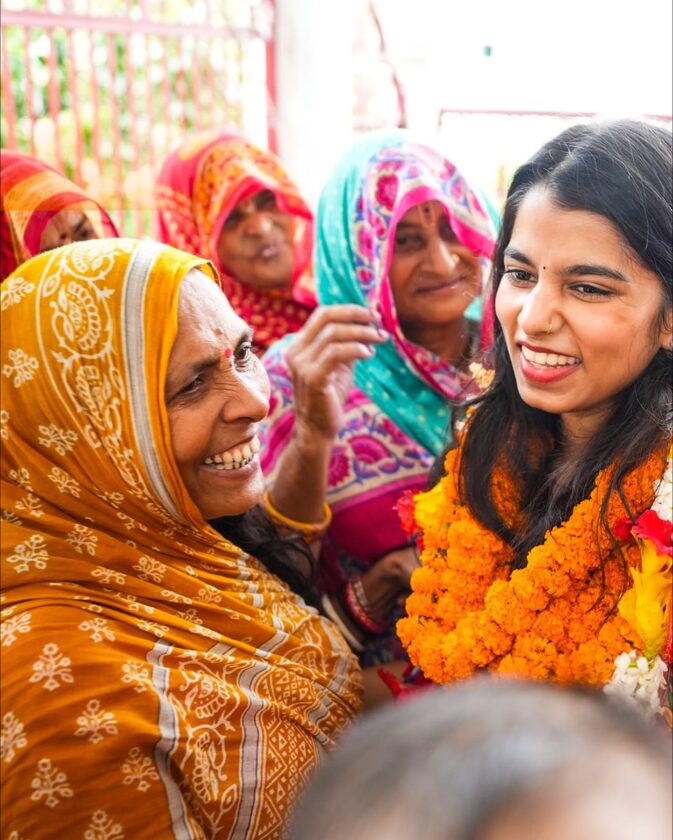Kolkata: Darjeeling is often seen through the lens of its tea gardens, the stunning views of the Kanchenjunga, and the heritage Darjeeling Himalayan Railway. However, several unseen aspects contribute to its unique charm, culture, and history:
1. Indigenous Communities and Their Traditions:
- Darjeeling is home to a vibrant mix of communities, including the Lepchas, Bhutias, and Gorkhas. While the Gorkha identity is well-known, the intricate traditions and cultural practices of the Lepcha community, Darjeeling’s original inhabitants, are less explored. Their folklore, craftsmanship, and eco-centric lifestyle are unique aspects of Darjeeling’s cultural fabric.
2. Colonial Heritage Beyond the Obvious:
- Beyond the famous colonial-era schools and tea estates, Darjeeling is filled with old churches, cemeteries, and bungalows, each carrying its own slice of history. The Darjeeling Planters’ Club, for example, retains a vintage colonial aura, revealing stories about British planters and how tea shaped the region’s socio-economic structure.
3. Flora and Fauna:
- While Darjeeling’s tea gardens dominate its landscape, its biodiversity is another hidden gem. The region has rich flora, including rare orchids and rhododendrons. The Mahananda Wildlife Sanctuary nearby is lesser-known but houses an impressive range of wildlife like leopards, elephants, and red pandas. Eco-tours exploring this lesser-known wildlife aspect are still underdeveloped.
4. Local Cuisine and Culinary Practices:
- The food culture in Darjeeling is an intriguing blend of Tibetan, Nepali, and Bengali influences, yet the true richness of local cuisine often remains overlooked. Dishes like “Gundruk,” a fermented leafy green, and “Phagshapa,” a pork and radish dish, reflect the area’s Himalayan roots and unique culinary traditions. The tea itself, when paired with local snacks, offers a less commercialized, more authentic experience.
5. Hidden Trails and Monasteries:
- Beyond the popular tourist treks, Darjeeling offers several hidden trails that pass through dense forests, old monasteries, and scenic waterfalls. The Senchal Wildlife Sanctuary and the trails around Tiger Hill offer more secluded nature experiences. Monasteries like Yiga Choeling and Bhutia Busty Monastery are sanctuaries of peace and spiritual depth, often missed by the average tourist.
6. The Role of Women in the Tea Industry:
- Women play a crucial but often unrecognized role in Darjeeling’s tea industry. From tea plucking to processing, their contributions are vital. Initiatives focusing on empowering these women, through fair trade and cooperative systems, are unseen stories of struggle, perseverance, and empowerment.
7. The Gorkhaland Movement and Its Impact:
- The Gorkhaland movement, demanding a separate state for the Gorkhas, has deeply impacted the region’s socio-political climate. The movement is ongoing, with periodic protests and strikes affecting the local economy. Understanding this political unrest is key to appreciating the region’s modern history and the identity struggles of the local people.
8. Darjeeling’s Declining Heritage:
- Several heritage buildings in Darjeeling are slowly falling into disrepair. The fight to preserve Darjeeling’s architectural heritage, from old tea factories to colonial-era clubs and churches, is an ongoing challenge. The unseen effort to conserve these relics is part of a larger movement to keep Darjeeling’s legacy intact.
Exploring these lesser-known aspects of Darjeeling enriches the understanding of its culture, history, and natural beauty, beyond the well-trodden tourist paths.

---------------------------------------------------------------------------------------------------







